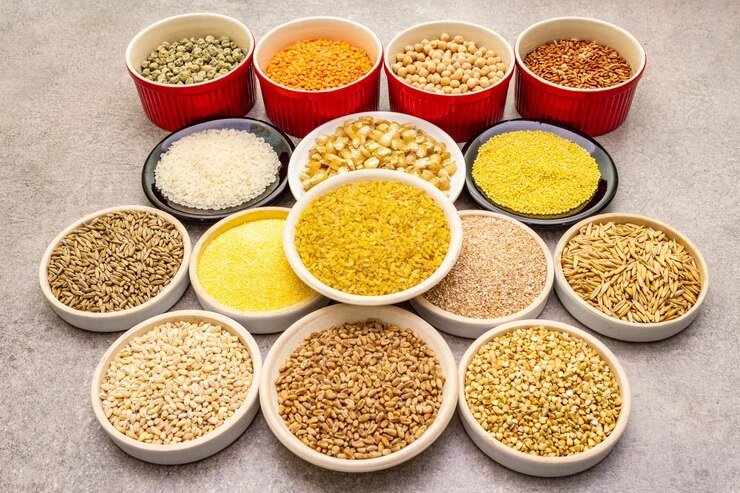Progress in Kharif Sowing
21-Jun-2025 11:32 AM

After a sluggish start in the first fortnight of June, the southwest monsoon has now gained full strength and progressed rapidly, reaching Gujarat, Madhya Pradesh, Bihar, Jharkhand, Uttar Pradesh, Rajasthan, Himachal Pradesh, Uttarakhand and Ladakh.
Its northern limit currently extends to Jaipur, Agra, Rampur, Dehradun, Shimla and Manali. According to the Meteorological Department, the monsoon is expected to fully cover Rajasthan, Jammu and Kashmir, Uttar Pradesh, Uttarakhand, Ladakh and Himachal Pradesh by June 22, and is likely to reach Punjab, Haryana, Chandigarh and Delhi by June 24.
Heavy rains in the southern, western and central regions of the country have increased soil moisture, prompting farmers to begin sowing Kharif crops.
The monsoon is projected to remain active until at least July 10, with above-average rainfall expected in the eastern, northeastern, western and northwestern parts of the country. This favourable weather is expected to accelerate the sowing of key Kharif crops such as paddy, maize, cotton, pulses and oilseeds.
Although sowing had already commenced, it had slowed due to the delayed monsoon in early June. With the revival of rains, the pace of cultivation is expected to pick up significantly.
This season, farmers are likely to show greater interest in sowing pulses, especially Arhar (Tur) and Urad, as the minimum support prices (MSP) for these crops have been raised significantly.
The MSP for Arhar has increased from Rs 7,550 to Rs 8,000 per quintal, and for Urad from Rs 7,400 to Rs 7,800 per quintal. Likewise, MSPs for oilseeds such as soybean and groundnut have also been increased, offering further incentives for farmers to expand their cultivation area.
With the support of ample monsoon rainfall, farmers will find it easier to make crop choices. July and August typically see the highest rainfall and the most intensive Kharif sowing activity.
If favourable rain patterns continue from the second half of June through early July, the sowing of Kharif crops is expected to progress rapidly.
A low-pressure area has formed over Jharkhand and South Bihar, and another is expected to develop over the Orissa–West Bengal border, which may further enhance rainfall and aid sowing activities.
